Insights on Legal Tech: Driving Efficiency and Growth Ahead

New Developments in Efficiency
The goal of legal technology in 2025 is operational simplification. Law firms are using AI, ML, and cloud tools to minimize manual labor and overheads in a variety of areas, including contract automation, document review, e-discovery, and predictive analytics. In order to concentrate on high-value activities like strategy and client advice, legal departments are outsourcing or scaling internal skills.
Innovation Focused on the Client
Today’s clients want smooth digital experiences, immediate updates, and openness. In response, legal technology is developing communication platforms, mobile apps, and portals that improve client-law firm collaboration. Relationships are strengthened, retention is increased, and businesses stand out in a crowded market because to this emphasis on the customer experience.
AI Adoption & Data-Driven Decision Making
The next stage of legal tech growth is being driven by data. Analytics are being used by law firms to manage caseloads, predict case outcomes, and set more competitive prices for their services. AI-powered solutions are becoming commonplace in contract intelligence, legal research, and workflow automation, allowing businesses to function more efficiently and intelligently.
Obstacles and Prospects for Development
Notwithstanding the quick advancements, issues like data protection, moral AI use, and staff training for new technology still exist. Businesses that make investments in upskilling staff, security infrastructure, and compliance are better positioned to take the lead. The legal technology industry is expected to continue expanding in the upcoming years due to rising investments in automation and cloud-based services.
Smarter compliance starts here—discover LegalTech News.
Source: AttorneyJournals
